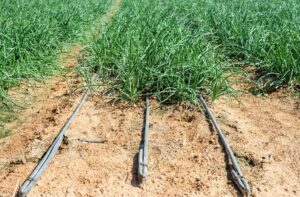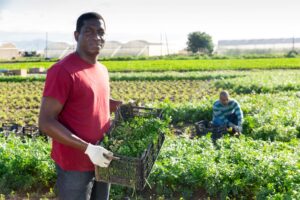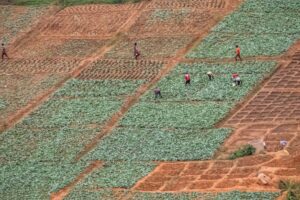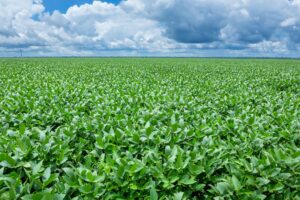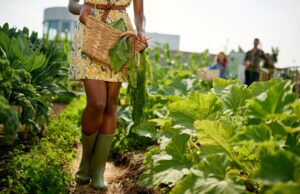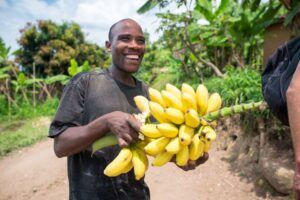Climate Adaptation and Water Security
Another development which shall greatly benefit smallholder farms is design and installation of water retention facilities, that capture surplus ground water during the wet seasons and store until needed. The benefits are obvious, first in protecting farmers against risks of climate variations and additionally; creating an environment where crop diversity is potentially more feasible.
These systems will typically employ two reservoirs being constructed as lined pits. Important to note, such storage facilities will be covered with a floating membrane to minimize or eliminate evaporation. The primary reserve is located at a low point to capture and store excess surface water while secondary storage are one or more points nearby at a higher elevation, and solar powered pumps effect transfer between storage units. The net result, irrigation is provided by gravity from the high point, while the lower reservoir serves to replenish.
For individual farms, elevated poly tanks are practical for smaller capacity and as temporary holding points, however there are other other structures that are much more cost effective per unit volume. One option without digging a pit are frame supported round above ground systems as seen below, which can be built to hold 100 to 150 cubic meters or more. Our plan begins with establishing a location in which the liners can be manufactured in Kenya to suit each installation. Collaboration is welcome! For more information please contact us at water@worldtradesfood.org
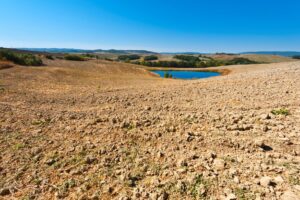
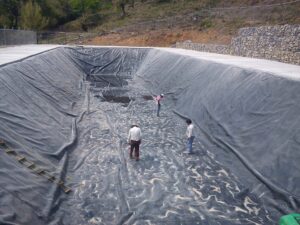
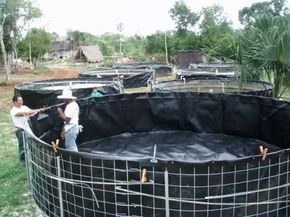
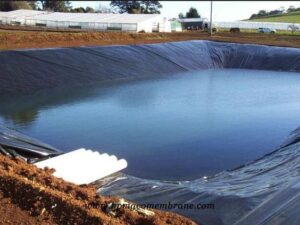
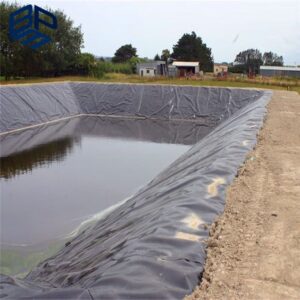
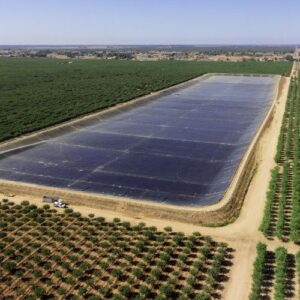
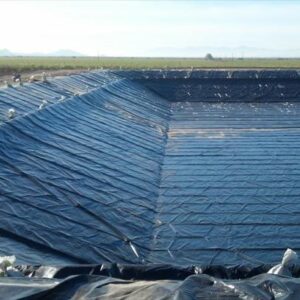
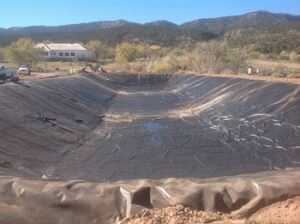
Enhanced Farming and Yield Assurance
Many locations have the potential for farming but seasonal climate often limits the types of plants that can be grown. Access to irrigation water and utilization of efficient distribution systems not only offer farmers opportunities to cultivate higher value crops and better meet specific market demands, but increases yields and quality with most any agricultural operation.

